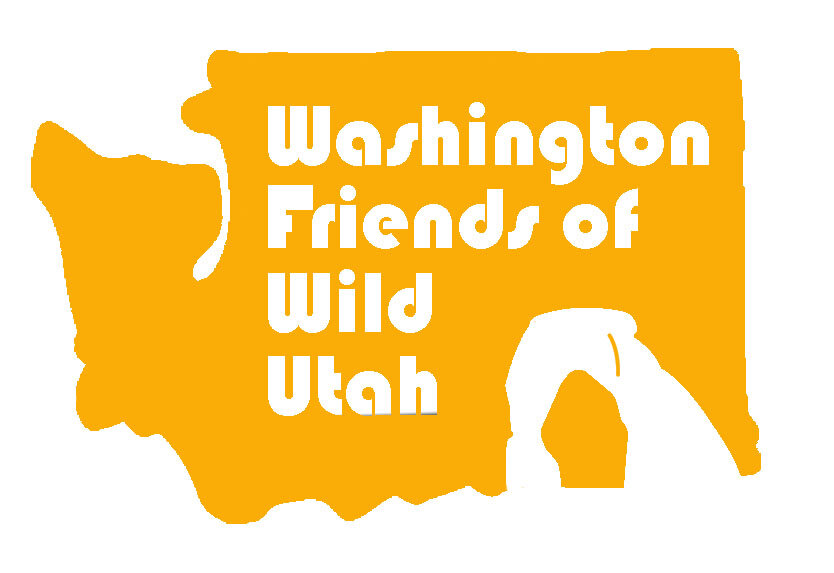Opening
by: Janet Welch
Naturally formed or manmade? Exploring the slickrock of southern Utah's canyon country, we were walking the swirling patterns of ancient sand dunes, watchful to avoid the delicate cryptogamic (biologically complex) soils. We had been here before, an easily accessed and navigated watershed that had been one of our favorites for its waterfalls, sculpted iron rich rock formations, intriguing plant communities, and expanses of cross bedded sandstone.
A few days before, exploring a few miles away we had crossed tracks with some locals. They were as surprised to see us as we were them, since we steer clear of guidebook attractions and the ubiquitous GPS guided visitors. Chatting about 'favorite spots' we mentioned the nearby watershed. "Have you found the cave?" was their response. Unspoken were directions or details. We didn't ask, and they didn't offer. We like it that way.
Intrigued by the idea of finding a minute feature like a cave in the expanses of that amazing country, a few days later we dropped into the canyon.
On a previous visit, we had traversed a slope on a seam between the layers of crossbedding that had piqued my husband's attention. "Hmmm, this almost looks manmade..." We discussed it briefly and didn't think much more of it; crossbedding is like that. This time we found ourselves at the same spot and when the memory returned to us we gave it more consideration. A short distance later we paused to enjoy a lovely little overlook where we'd been the previous time.
One of the finest things about exploring the wilds of Utah is the opportunity to open. To open to the deep blue sky, or maybe the biting cold wind, the minute wildflower hidden in a rock crevice, the sound of cottonwood or aspen leaves fluttering. The grandest opportunity, however, is to open to the expanse, the perfect topographic result of eons of time. Thus reflecting on that expanse, we realized that something was different. The crossbedding pattern continued, but with a different roughness. We backtracked a hundred yards and saw a barely perceptible sheen to the rock that veered from the naturally formed joint in the crossbedding. We traversed down the slope for 20 feet and found ourselves directly below where we had just stood, looking into the cave.
This place, not far from the headwaters of the creek that had formed the canyon, was obviously a well used camping place for the ancient ones (and, alas, ranchers who also left their mark). Cooking fires had blackened the overhead and art still graced the walls. How long ago had the first person found the easy route across the slope, dropped to the stream bed to get water and discovered the cave? How many feet had worn that crossbedded joint through the centuries that their culture thrived there?
We opened even further that day, not only to the plants, the color of the sky and the biting of the wind. We realized that maybe the grandest opportunity is opening beyond the expanse of terrain, to the expansiveness of time. Linked across the centuries, that day we encountered the locals just as vividly as our experience just a few days before.
Photos: Willi Smothers



